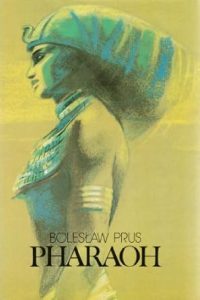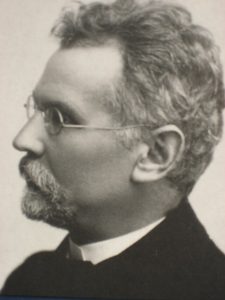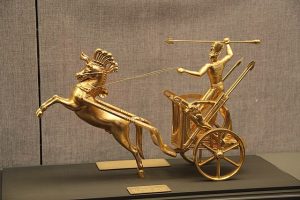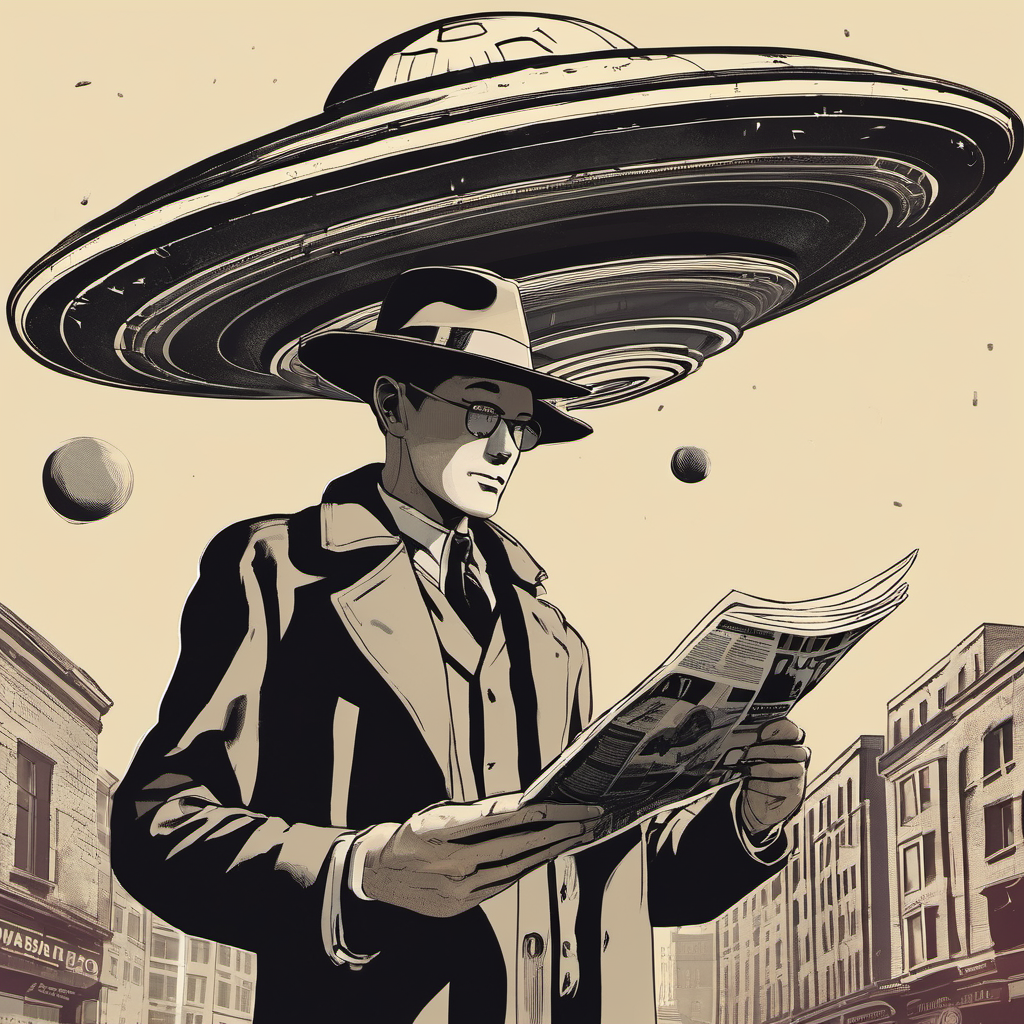 By KEN KORCZAK
By KEN KORCZAK
Polish Intellectual Boleslaw Prus penned a masterpiece of historical fiction more than 100 years ago that reads like Fantasy Science Fiction
After turning the last page of Pharaoh, I found myself grasping for the best adjective to describe what I had just read. Mesmerizing? Spellbinding? Enthralling?
The word I settle upon is: Intoxicating.
This is a historical novel that imparts a feel of being genuinely transported to that period of ancient history represented in the narrative. That’s no small feat since the setting is the last days of ancient Pharaonic 20th Dynasty which ended circa 1077 B.C., more than 3,000 years ago.
It was a real world, true, but ancient Egyptian culture was so exotic and infused with the presence of their deities, sorcery and esoteric paradigm it might as well has been an alien planet or some weirdly realized alternate dimension vis-à-vis our modern world.
What I found stunning about Pharaoh is that author didn’t merely capture and recreate it for readers — it’s almost as if he channeled an actual experience and then somehow transferred it to us through this brilliantly rendered narrative. It draws us into another world in a visceral, psychological and perhaps even magical way.

Thus, Pharaoh is a remarkable achievement in literature by the Polish intellectual, journalist and writer Bolesław Prus, pen name of Aleksander Glowacki, born in Hrubieszów in 1847. The book was written from 1895 through 1896 and appeared as serialized installments in the Warsaw publication Tygodnik Ilustrowany (Illustrated Weekly).
Despite being serialized, Prus completed this work in toto before it was rolled out in Tygodnik Ilustrowany. Critics say this is what made Pharaoh his best novel because his three other works of fiction were written week to week as they were serialized.
The book describes a two-year period in which the last Pharaoh, Ramses XIII, of the Twentieth Dynasty comes to power upon the death of his father, Ramses XII. That’s interesting because, historically speaking, there was no Ramses XII or XIII. The last Pharaoh of the Twentieth Dynasty was Ramses XI. Prus was well aware of that but, for reasons of his own, he opted to invent two new pharaohs for his story.
In fact, before writing Pharaoh Prus had long maintained that he would never write a novel of historical fiction. It was his belief that such works necessarily must take liberties with the actual facts of history, and thus might promulgate views that are ultimately misleading. He obviously changed his mind. This may have played into his decision to take liberties with the names of characters — perhaps to emphasize to his readers that they should not forget they are reading fiction.
That’s good because this novel is a work of uncanny power that might make you forget it’s a yarn. I found myself absorbed into what seemed a real, though alien world. It communicated to me a psychological feeling of what life must have been like in 1077 B.C. Egypt, whether it be the lowest peasant or slave, or one of the powerful wealthy elite.
THE POWER STRUCTURE OF DYNASTIC EGYPT
Speaking of the elites, they can be divided into three distinct categories: The government, the rich nobles and the priesthood. And yet, hovering around and interacting with these three pillars of Egyptian power are other influential groups, such as meddling wealthy foreign entities, the envoys and spies of foreign nations and peoples of non-Egyptian religious culture, such as Jews, Babylonians, Greeks and Phoenicians.

Prus shows us an ancient Egyptian culture that’s a hermetic blend of a secular government and theocratic regime. It’s impossible to find a clear line of demarcation between state and religion. Readers may develop an all-new appreciation for the concept of “separation between church and state” after reading Prus’ brilliant illustration of how the dynamic tension between the forces of the Pharaoh and the powers of the priests kept the 20th Dynasty embroiled in a perpetual power struggle.
Not only are religion and government indistinguishable in the Twentieth Dynasty, but science and religion as well. The Egyptian priests were studying astronomy, physics, engineering, architecture, navigation, alchemy, medicine and more — and leveraging it for practical application and results. Furthermore, the priestly class were able to use this knowledge to help the Pharaoh when it suited them — or to thwart him when it served the agenda of the priesthood.
Finally, I want to mention three special points of fascination for me within Pharaoh:
THE LABYRINTH: Prus describes an incredibly vast and mind boggling secret chamber of more than 3,000 rooms where priests have accumulated enormous wealth — gold, silver, precious stones, works of art — that are like the Fort Knox of the Dynasty. All the booty stored within is never to be touched, but held for a time when Egypt might face a catastrophic economic crisis. The Labyrinth is so exclusive it is governed by its own special class of priesthood who command the power of life and death over any other individual of the New Kingdom, even other high priests.
THE KA: Prus provides a thorough description and treatment of what the ancient Egyptians considered to be the soul of each individual, which had three parts: The Ka, the Ba and the Akh. In common use, as per this narrative, the Egyptians called it their “shade.” Prus even breaks the “fictional wall” of his story to step outside briefly so that he can comment on how the concept of the Ka seems to have arisen again and found new philosophic support in modern Europe.
ASTRONOMY AND TELESCOPE?: Did ancient Egyptian priests invent the optical telescope? Prus includes an intriguing scene to suggest they did. But moreover, there is another riveting scenario in which the priests leverage their advanced knowledge of a solar eclipse to score a major strategic victory against the pharaoh.
So I found Pharaoh to be an epic masterpiece that frustrates my ability to capture it in all its permutations in a thousand-word review. A graduate student of 19th Century literature might easily compose a thesis to fully convey every layer and level represented in this great work. Of course, the best way to appreciate this book’s power is to read it yourself.
JOIN ME ON BLUESKY: KEN-ON-BLUESKY
NOTE: For more in-depth book reviews, please see: KEN-ON-MEDIUM
